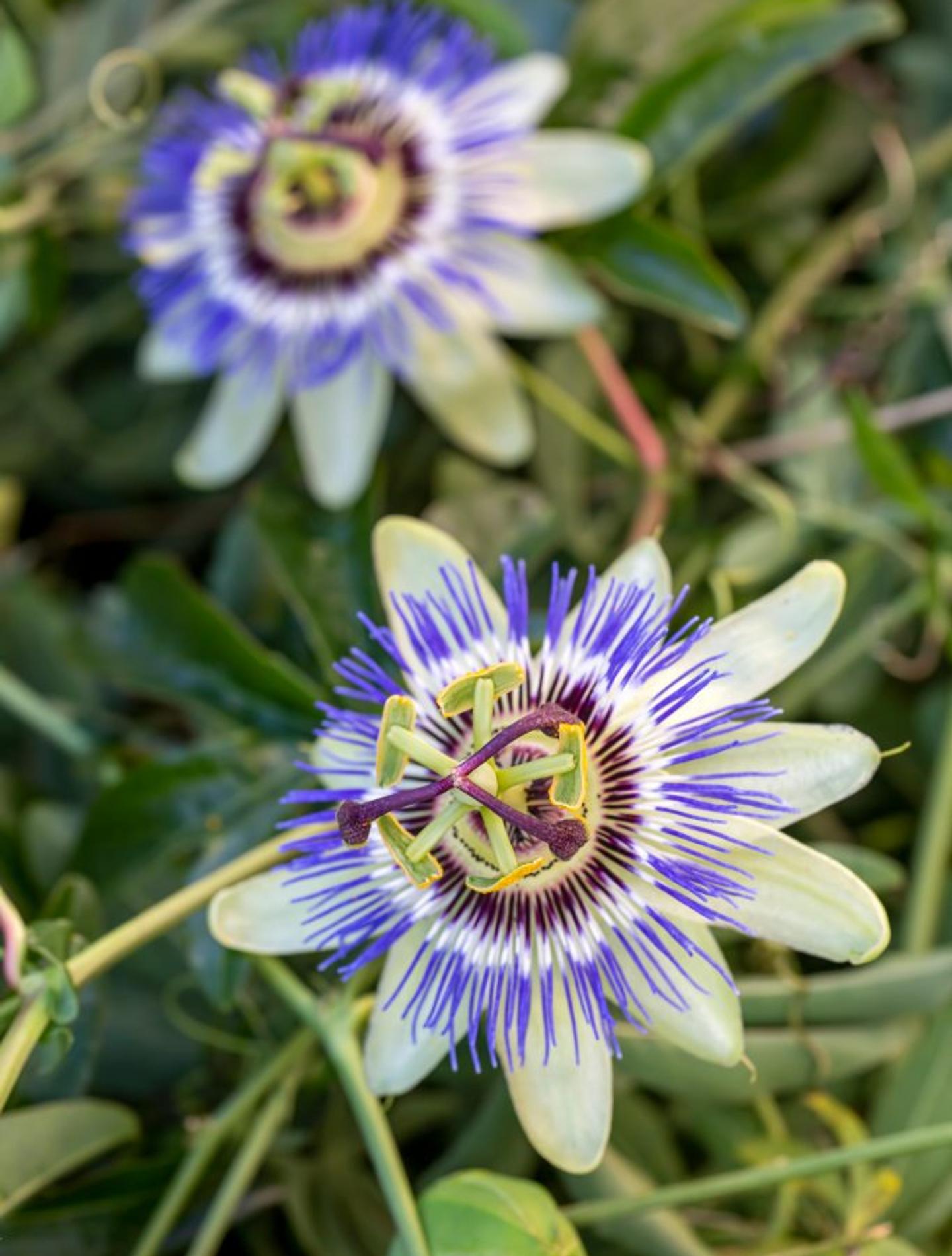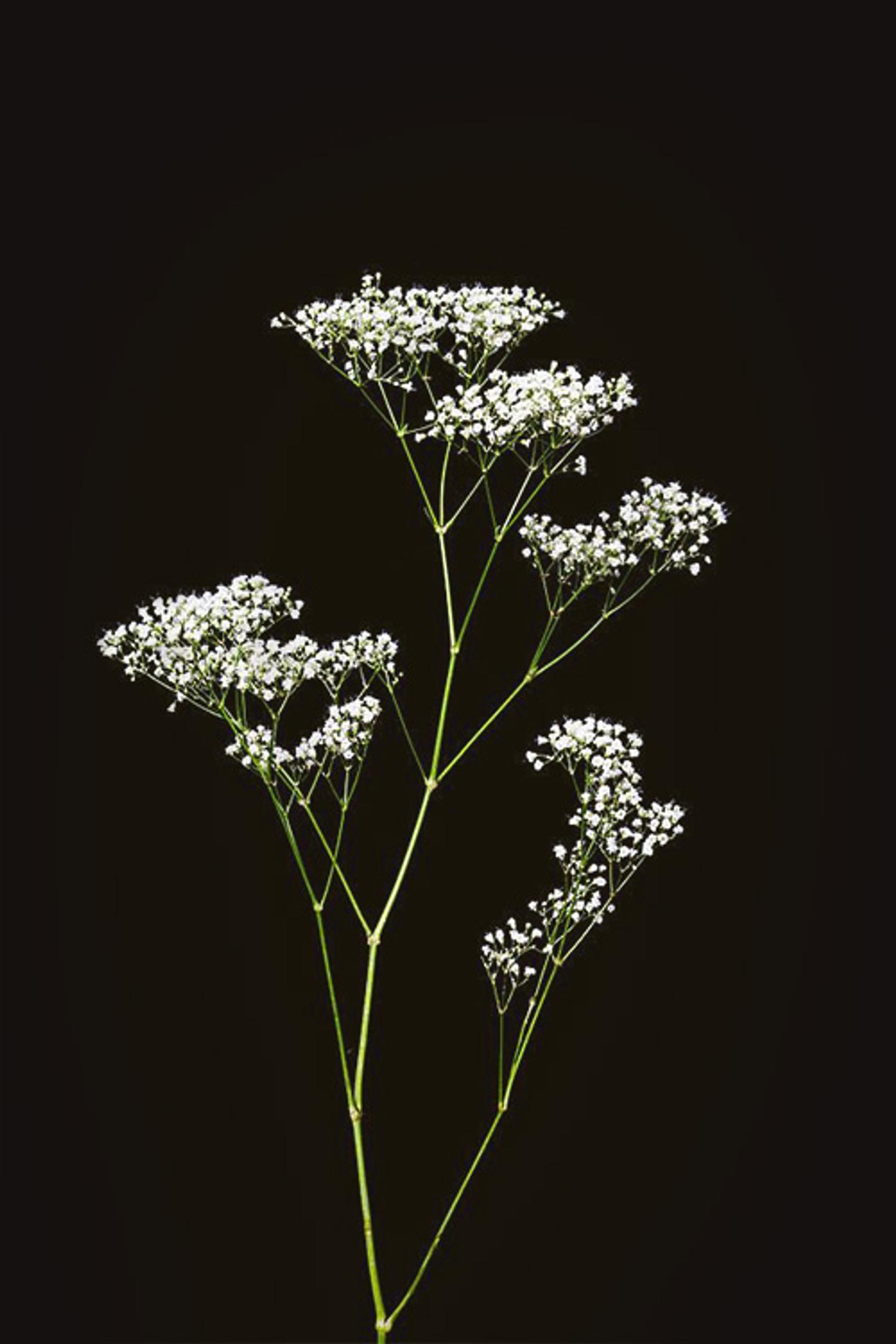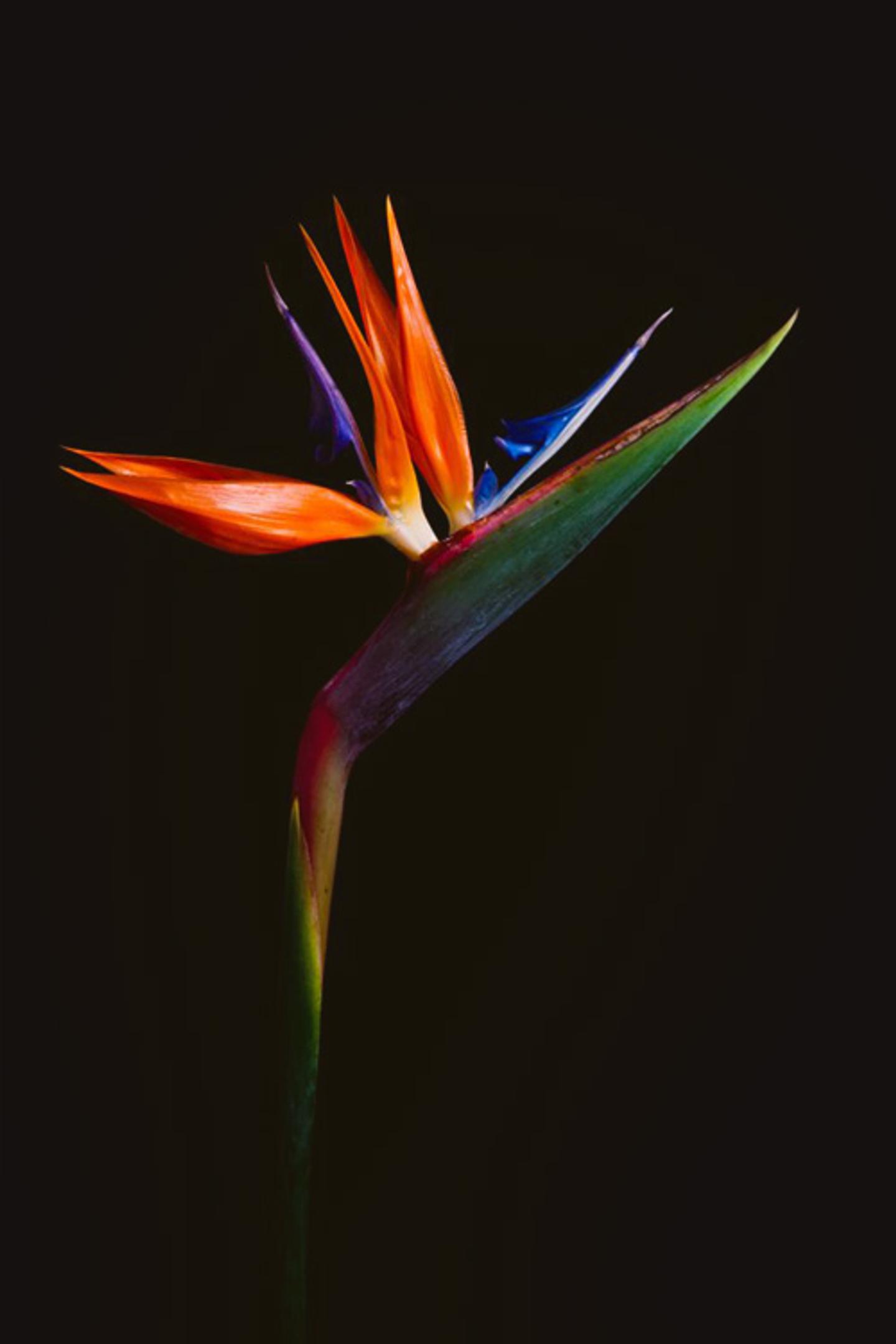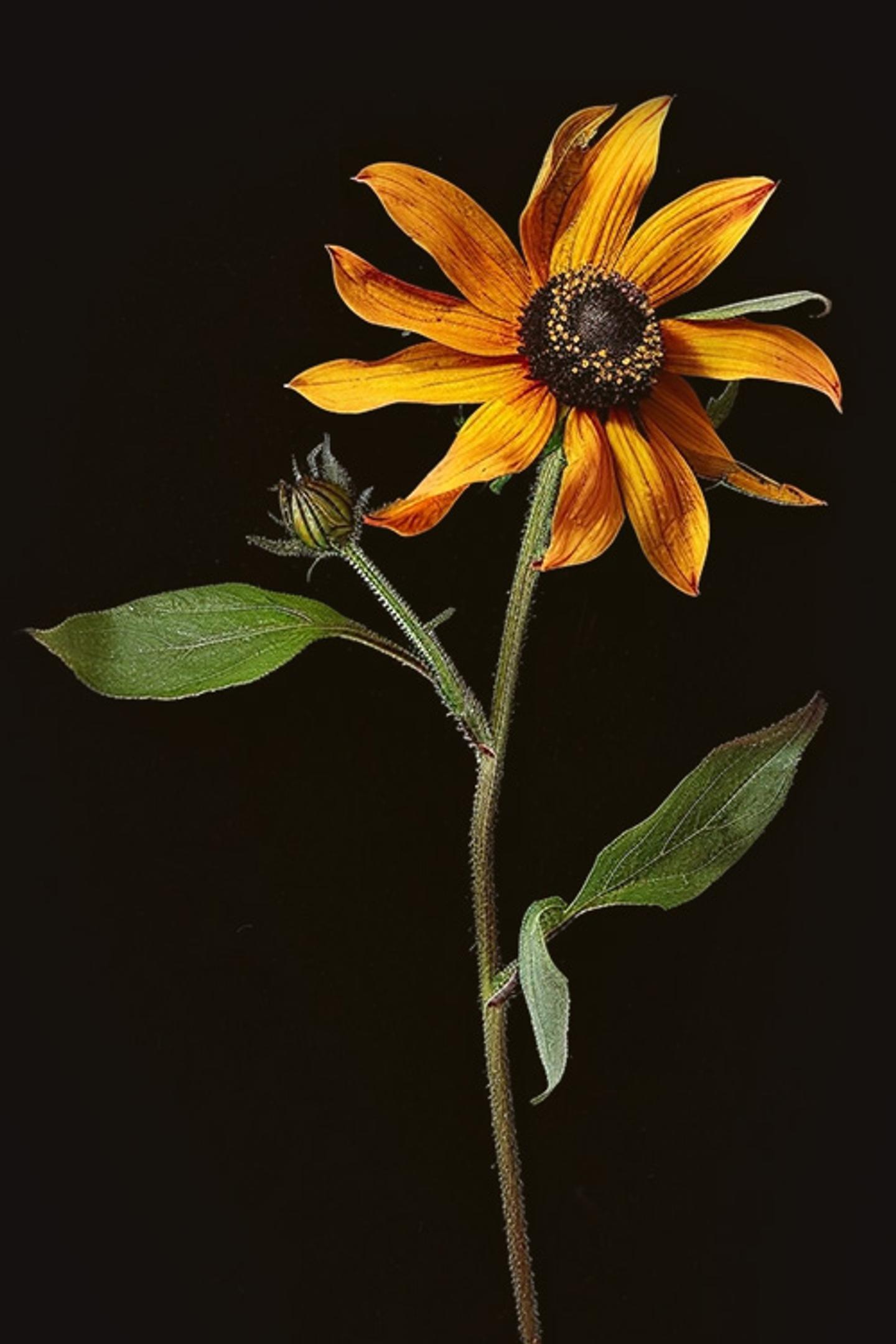Flower Meanings
Blue Passion Flower


The Meaning of Blue Passion Flowers
The passion flower is indigenous to the Americas and is incredibly unique among the hundreds of old Christian flower symbols, in that there is specific historical documentation of the time and place of the passion flower’s origin.
The passion flower’s symbolism was first perceived by the Mexican Augustinian friar, Emmanuel de Villegas, who depicted the bloom through sketches in Europe circa 1610.
The passion flower was known in Spanish as “La Flor de las Cinco Llagas” meaning, “The Flower With the Five Wounds.” The word “Passionis” refers to “Christ’s suffering” in Spanish.
The distinctive characteristics of the passion flower reminded Christian missionaries of the Passion of Christ, (Christians refer to the suffering and death of Jesus as The Passion) which lead to its name. [1]
The meaning and symbolism of the passion flower is quite uncommon because its meaning is broken down by the specific parts of the flower.
Filaments: The passion flower has filaments. Filaments are the thin stalks that support the anther in the male portion of the flower. [2] On a passion flower, the filaments grow in a ring right above the petals and sepals. The filaments are said to represent the crown of thorns worn by Jesus Christ before his crucifixion.
These filaments are called the Corona Filaments. The word “corona” means “crown-like” or in the shape of a crown.
The Stigma: At the very top of the passion flower – above the petals, sepals, and corona filaments – lie three stigmas. The stigma is the part of the flower that receives pollen and initiates the fertilization process. The three stigmas represent the three nails that held Jesus to the cross.
Petals & Sepals: The passion flower’s ten petals symbolize Jesus’ ten faithful apostles who stood by His side throughout His crucifixion.
Anthers: The passion flower has five anthers right below its three stigmas. The anthers are the pollen-producing part of the flower. The passion flower’s five antlers symbolize the five wounds Jesus suffered. [3]

"There has fallen a splendid tear. From the passion-flower at the gate. She is coming, my dove, my dear; She is coming, my life, my fate."
Alfred Tennyson
The History of the Blue Passion Flower
The passion flower has been around for centuries. It was well-known by the natives of South America as an herbal remedy, and was also often used in Brazilian medicinal folklore. The stunning tropical bloom was discovered by a Spaniard from Peru, and forty years later was introduced to Europe as an ornamental plant.
The Jesuits also gave the passion flower its Latin name, which is made up of the words passio or “suffering,” flos, “the flower,” and incarnata which means “to make flesh.”
It’s also possible that the passion flower was used as a symbolic teaching tool in the quest to convert the native Indians of Peru to Christianity. [4]
The bloom was used as a herbal remedy in the second half of the last century and was introduced via American homeopathy as a well-known sedative in low doses in France and Switzerland. During World War I, the passion flower was used as a nerve sedative to treat shell shock.
The passion flower has a ton of deep history embedded in early plant fashion. Popular with the Victorians, Passiflora became less fashionable in the early twentieth century, but has now made a comeback as a commercial crop with new varieties being introduced. They are used as an exotic decorative addition to gardens, conservatories, and greenhouses. [5]
DID YOU KNOW - Blue Passion Flower Fun Fact
The passion flower bears a deliciously juicy, pulpy fruit that is consumed by people from around the world. [6]

How to Grow Blue Passion Flower
While the exotic passion flower may appear as if they can only thrive in the tropics, they can actually be grown just about anywhere, including colder areas.
They’re known to spread vigorously in warmer climates, so you may even see them growing wildly along roadsides in some tropical areas.
The passion flower is quite hardy in some climates and usually grows on a trellis or fence. In climates where they’re not so hardy, you’ll find them grown in pots and moved indoors for the winter.
Passion flowers prefer full sun to partial shade in average well-draining soil, however, they do appreciate some afternoon shade to take a little break from harsh sunlight in extremely hot climates.
They’ll usually require at least four to six hours of sunlight per day, but may need a bit more in cooler climates. If you bring your passions inside for the winter, be sure they’re in a sunny spot in your home away from cool drafts.
The best time of year to plant your passion flowers is in the spring or fall. Be sure to provide some form of support for their vines to grow. They won’t need much guidance, as they have their own self-clinging tendrils.[7]
DID YOU KNOW - Blue Passion Flower Fun Fact
The passion flower is a source of food for caterpillars and butterflies, which explains why they are often grown in butterfly farms. [6]

How to Care for Blue Passion Flower
The passion flower is not long-living once cut and placed in a vase. But that doesn’t mean they don’t look absolutely breathtaking in your kitchen or entryway…for a day or so, of course!
There’s not too much you can do to prolong the vase-life of the passion flower, but cutting the stems at an angle before placing them in a vase of fresh water is always a good idea.
You can expect your fresh-cut passions to last 1-2 days in a vase after cutting.
When to Give Blue Passion Flower as a Gift
Because of the passion flower’s strong Christian symbolism, it makes the perfect gift for a First Communion, Confirmation, or Baptism.

References:
Flower Meanings — keep discovering

Baby’s Breath
Baby’s breath plants have become somewhat of a cliché in floral arrangements, but you may fall in love with this plant all over again in the flower garden. The plants look dainty but hang tough in dry sandy soils, and they’re deer resistant to boot.

Bells of Ireland
Despite their namesake, these regal bell-shaped greens actually hail from Turkey. So why Bells of Ireland, you might ask? It’s all thanks to their bell-like shape and lively green color, giving them their famous Celtic signature.

Bird of Paradise
Truly one of the most unique, exotic blooms out there! Bird of paradise hails from South Africa and belongs to the plant family Strelitziaceae.

Black Eyed Susan
No, not the Black-Eyed Peas! We’re talking about the Black-Eyed Susan! North America’s favorite flower has entered the building! These charming blooms don’t only radiant sunshine; they’re carefree and easy to grow too!

Baby’s Breath
Baby’s breath plants have become somewhat of a cliché in floral arrangements, but you may fall in love with this plant all over again in the flower garden. The plants look dainty but hang tough in dry sandy soils, and they’re deer resistant to boot.

Bells of Ireland
Despite their namesake, these regal bell-shaped greens actually hail from Turkey. So why Bells of Ireland, you might ask? It’s all thanks to their bell-like shape and lively green color, giving them their famous Celtic signature.

Bird of Paradise
Truly one of the most unique, exotic blooms out there! Bird of paradise hails from South Africa and belongs to the plant family Strelitziaceae.

Black Eyed Susan
No, not the Black-Eyed Peas! We’re talking about the Black-Eyed Susan! North America’s favorite flower has entered the building! These charming blooms don’t only radiant sunshine; they’re carefree and easy to grow too!
Ready to send beautiful flowers?
Our guided experience helps you send a one-of-a-kind arrangement perfect for every occasion.
Send Flowers